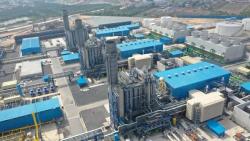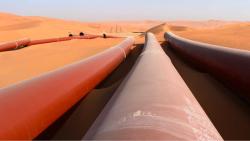
OR WAIT null SECS
© 2024 MJH Life Sciences™ and Turbomachinery Magazine. All rights reserved.
Design audit of equipment train ensures safety and reliability
There are four basic function classifications of rotating equipment – driven equipment (compressors, pumps, extruders, mixers and fans), drivers or prime movers that provide power (steam turbines, gas turbines, motors and engines), transmission devices (gears, clutches and couplings) and auxiliary equipment (lube and seal systems, buffer gas systems and cooling systems).
Each machinery train or unit is made up of all of the four classifications. The safety and reliability of the train is directly related to the proper selection and design of each of these classifications.
The majority of factors that reduce reliability are contained in the auxiliary systems. They should be carefully reviewed in the pre-bid phase and design audited for proper selection and sizing early in the design phase. Failure to consider the proper selection and design of each item in the equipment train will lower train unit safety, reliability and revenue.
It is important to consider the proper design and selection of each train item and devote the same attention to design and experience review for each item. No doing so can reduce safety, reliability and revenue by:
Driven equipment experience mis-application and design issues
Driver experience, mis-application, insufficient power and design issues
Coupling and/or gear experience insufficient torque, capability and design issues
Auxiliary system experience, improper component selection and sizing
This best practice has been used especially for critical (unspared) trains since the 1970s and ensures optimum safety and reliability and maximum revenue over the life of the process. It has been incorporated globally in all upstream and downstream projects. Optimum machinery train reliability has resulted from this best practice, saving upwards of $2m (minimum) per year for plants with revenue of $1m.


